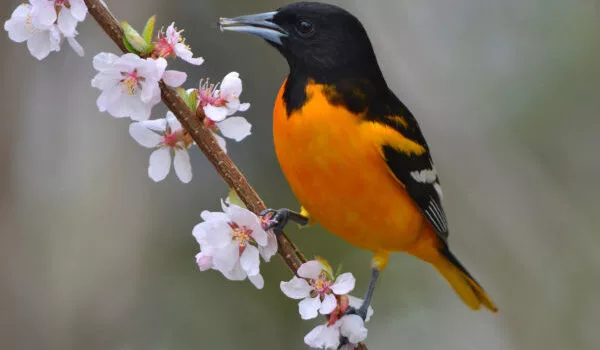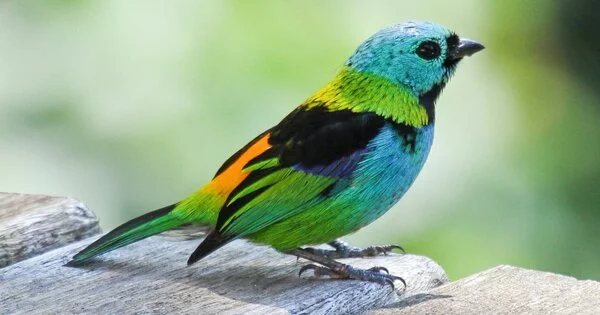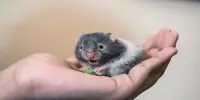It could be one early morning, after a particularly long, dark, and snowy winter, that you first hear it: a robin’s call, a sign of spring. Or it could be a walk through a park or forest where you hear a specific bird call and look it up in the hopes of identifying it. Every day, birds are all around us, and they play an important role in the health of our planet.
Brightly colored songbirds are more likely to become extinct and are more likely to be traded as pets, according to researchers writing in Current Biology. The researchers also predict that nearly 500 additional bird species, the majority of which live in the tropics, will be threatened by future trade due to their distinctive and desirable coloration.
“Aesthetic value is an important part of how people value nature,” said Rebecca Senior of Durham University, U.K. “However, there is potential for conflict when what motivates some people to protect certain species is the same thing that makes other people want to own them. Songbirds are highly sought after in the pet trade, particularly for their beautiful songs. However, songbirds can also be remarkably colorful — a highly desirable trait in other commonly traded species, such as parrots.”
Aesthetic value is an important part of how people value nature. However, there is potential for conflict when what motivates some people to protect certain species is the same thing that makes other people want to own them.
Rebecca Senior
Senior and colleagues, including Brett Scheffers from the University of Florida, Gainesville, investigated the antagonistic roles of aesthetic value in biodiversity conservation in their new study. They used novel color metrics to assess the aesthetics of bird groups around the world and across the avian tree of life.
According to their findings, the tropics are the epicenter of bird color, with 91% and 65% of the world’s most diverse and uniquely colored assemblages of songbirds, respectively. According to them, the pet trade, which affects 30% of all bird species, targets clusters of related and uniquely colored birds. They went on to identify 478 species of birds that may be vulnerable to future trade based on their appealing colors.

“We were surprised by the strength of the latitudinal gradient in color; even when the greater number of species in the tropics is taken into account, the diversity of color in the tropics dwarfs all other regions,” Senior said.
While brilliant blues, oranges, and yellows are expected to endanger species, the researchers were surprised to discover that pure white is a rare color found in many sought-after species, including the endangered Bali myna. Overall, the findings show that the same color characteristics that make some people willing to travel around the world for a mere glimpse of a bird through binoculars also put them at risk for pet trading. The findings have significant conservation implications.
“Understanding what motivates trade is critical for identifying at-risk species that may require more proactive trapping protection,” Senior said. “With a better understanding of what is traded, as well as where and why trade occurs, trade has the potential to be regulated and managed sustainably. Loss of colorful species also has a direct impact on aesthetic value, which is problematic because, for better or worse, it is often this value that motivates and funds conservation efforts.”
They hope to disentangle even more factors that contribute to regional variation in bird trade patterns in future studies. They’d also like to investigate the role of color in the trade of other animal and plant species.














